Are manufacturers really ready for the digital era? (survey results)
Legacy equipment and outdated practices can seem like relics from another age, especially as the world zooms ahead with digital innovations. Yet, they’re more prevalent in the manufacturing sector than most realize. This raises the question: why? In collaboration with research house Vitreous World, we delve deep into this topic.
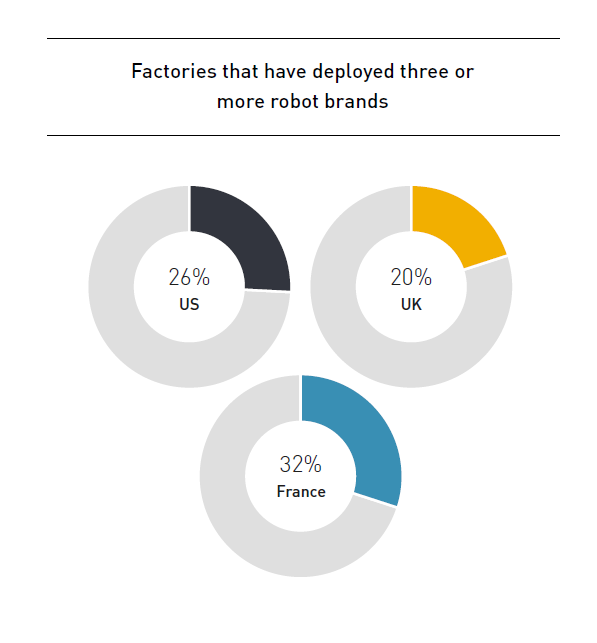
Manufacturing today stands at the crossroads of transformation, beckoned by the promises of the digital era. However, stepping into the future isn’t as straightforward as it sounds. Let’s journey through the revelations of our research, going through the opinions of 300 manufacturing decision-makers spread across the UK, the US, and France.
You can find the full report of our findings in our eBook. Access it through the links provided here.
The legacy weight on modern shoulders
The factory floor paints a vivid picture. Sprawling spaces filled with massive machinery, some of which have dutifully served for decades. On one hand, these machines represent the rich history of manufacturing. On the other, they symbolize the challenges and dangers of yesteryear’s methods.
Consider the welding of ships: engineers, in some instances, have to attach themselves to ceilings to program overhead gantry robots. Such practices not only introduce safety risks but also inefficiencies. Yet, despite these challenges, many manufacturers persist with these legacy systems, hampering their evolution into the digital era.
Rise of the robots – a mixed bag
Robots, often hailed as the poster children of modern manufacturing, make their presence felt on the factory floor. However, the transition hasn’t been entirely smooth. While many respondents credit robots with improved throughput rates, a significant percentage question their value. Intriguingly, the reasons are often tied to the time-consuming task of manually programming these robots. This, coupled with the utilization of multiple robot brands, further complicates the process, underscoring the need for better solutions.

The cost factor
Digital innovation, despite its significance, remains elusive for many in 2023. Legacy equipment is not only a hindrance in terms of efficiency but also a substantial cost factor. From the ineffective use of robots to the high costs associated with downtime due to legacy machinery, manufacturers are feeling the pinch.
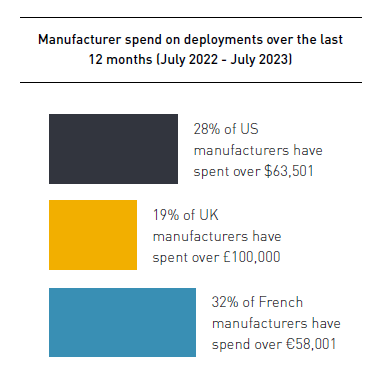
The human element – upskilling and challenges
Robotic deployments can free humans from repetitive tasks. Yet, the journey is fraught with challenges, from hiring new talent to upskilling the current workforce. With an anticipated 25% workforce attrition over the next five years, the skills shortage is more critical than ever.
Simulation software and offline robot programming (OLP) present a compelling answer. By allowing planning and designing in a virtual environment, they promise significant time savings and operational efficiencies.
The dream of Industry 5.0
Despite the challenges, Industry 5.0 is not a distant dream. With only 8% of organizations fully adopting its practices, the opportunity for growth is immense. The digital transformation is within reach, and technology adoption is the bridge to that future.
Dive deeper into these insights from the survey and more in our latest eBook, “STUCK IN THE PAST: WHY MANUFACTURERS MUST LEAVE LEGACY EQUIPMENT BEHIND.” Understand the challenges and discover the solutions that can revolutionize manufacturing.
Further reading
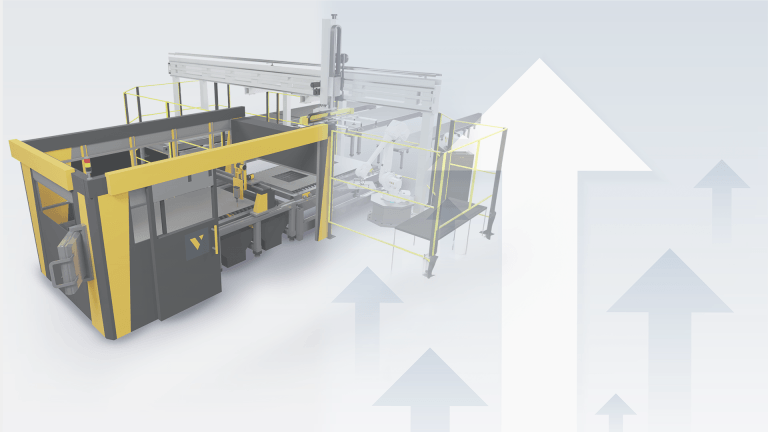
Boosting production line efficiency: a guide on improving production output
Production efficiency is the cornerstone of success in manufacturing. It measures the effectiveness of resource utilization in the manufacturing process, aiming to maximize output while minimizing costs and waste. The...
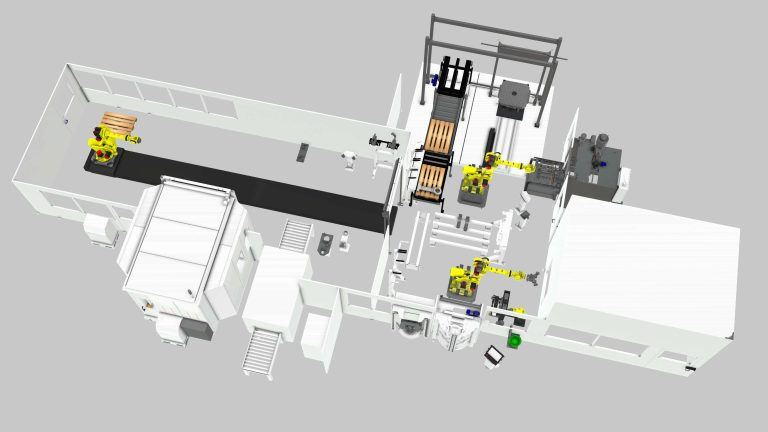
An introduction to virtual commissioning
Virtual commissioning is reshaping the manufacturing landscape by employing computer simulations for testing and optimizing production systems before they're physically built. This approach not only simplifies the setup process and...
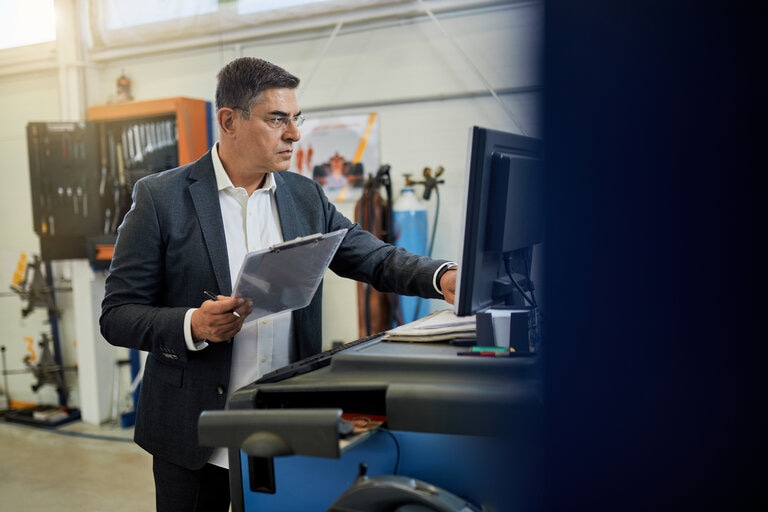
Considerations for CIOs in 2023: navigating sustainability, resilience, and human needs
In today's rapidly changing manufacturing landscape, Chief Information Officers (CIOs) face the challenge of navigating cost pressures while balancing human needs, the supply chain, and new production strategies and technologies.